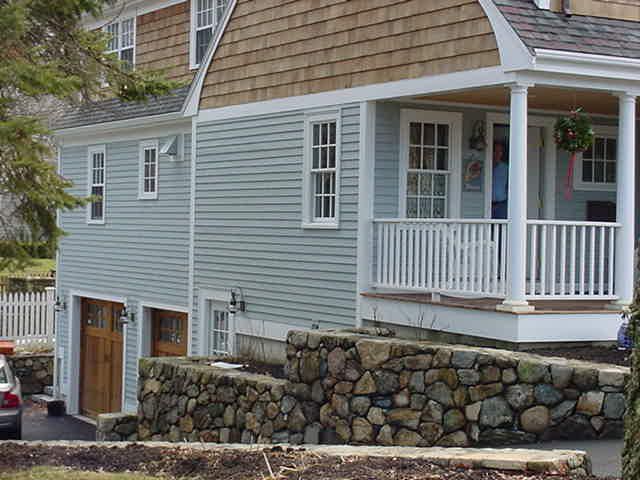Clapboard Siding Maintenance

You need to check the clapboard siding routinely for cracked or broken boards.
Clapboard siding maintenance. Your climate and landscape will determine how often these processes are required. A more environmentally friendly option is vinegar which is also effective in cleaning mold. If you have mold and mildew problems you can use some bleach. Choosing the right sealer.
If you d like to avoid repairs that could cost thousands of dollars and you d like to keep your clapboard shingles or board and batten lasting for decades regular upkeep and maintenance is critical. For general cleaning use a soap and water solution to scrub the siding and then wash it down. Inspect your home regularly to make sure the paint isn t cracking blistering or peeling. It s best to hire a siding company or a carpenter to replace the broken sections.
Power wash every two to four years. It acts as a protective barrier. The paint that covers your siding is the most important part of protecting your clapboard siding from rain snow and the heat of the sun. A mild non phosphate detergent is recommended.
Genuine cedar siding is going to require washing and staining sealing or painting on a regular basis. Wood siding is one of the most beautiful of all types of siding and one of the most expensive. The paint or stain coating the wood must be. If you find damaged areas in your paint scrape them off then sand the edges smooth.
Minor damage next look for more subtle telltale signs of deterioration problems such as discoloration rusted nails. Compared to today s vinyl siding wooden clapboards are high maintenance. Paint and prime the siding after the first course of siding is up image 1 you can start adding the rest slipping them under the courses above and nailing in place image 2. Dusty climates will require more frequent washing.
When you notice a crack or a hole from a thrown rock or even a large hailstone you ll need to get the section repaired. Pay special attention to siding located near the ground and at junctures where the siding meets other building materials.














































